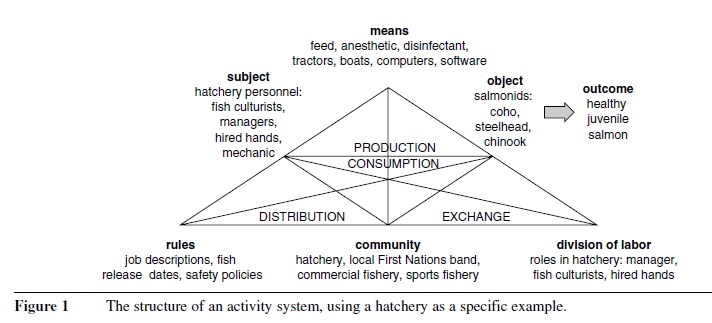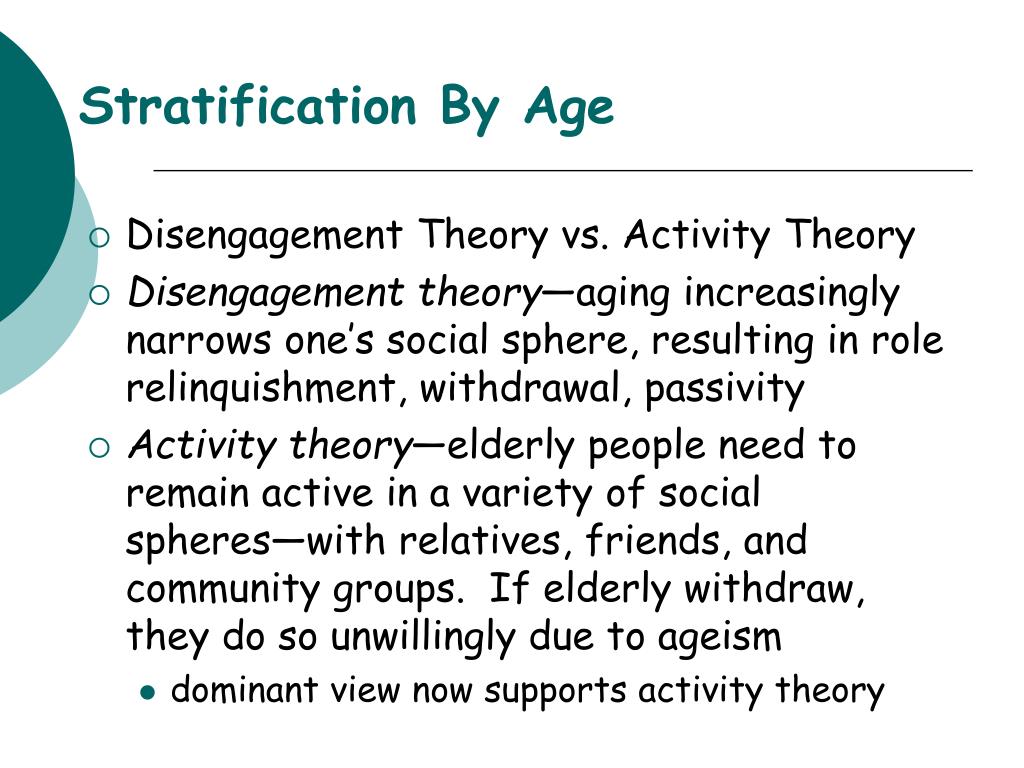
Pinto JM, Neri AL (2017) Trajectories of social participation in old age: a systematic literature review. Piliavin JA, Siegl E (2007) Health benefits of volunteering in the Wisconsin longitudinal study. Okun MA, Stock WA, Haring MJ et al (1984) Health and subjective well-being: a meta-analysis. Mullee MA, Stevenson JE, Turnbull JC et al (2008) Self-rated activity levels and longevity: evidence from a 20 year longitudinal study.

Morrow-Howell N, Putnam M, Lee YS et al (2014) An investigation of activity profiles of older adults. Minagawa Y, Saito Y (2015) Active social participation and mortality risk among older people in Japan: results from a nationally representative sample. McDonnall MC (2011) The effect of productive activities on depressive symptoms among older adults with dual sensory loss.

Markus HR, Herzog AR (1991) The role of the self-concept in aging. Markides KS, Martin HW (1979) A causal model of life satisfaction among the elderly. Longino CF, Kart CS (1982) Explicating activity theory: a formal replication. J Gerontol Ser B Psychol Sci Soc Sci doi. Lennartsson C, Silverstein M (2001) Does engagement with life enhance survival of elderly people in Sweden? The role of social and leisure activities. Lemon BW, Bengtson VL, Peterson JA (1972) An exploration of the activity theory of aging: activity types and life satisfaction among in-movers to a retirement community. Kutner B, Fanshel D, Togo M et al (1956) Five hundred over sixty. Kanamori S, Kai Y, Aida J et al (2014) Social participation and the prevention of functional disability in older Japanese: The JAGES cohort study. Hughes TF, Flatt JD, Fu B et al (2013) Engagement in social activities and progression from mild to severe cognitive impairment: the MYHAT study. Hong SI, Hasche L, Bowland S (2009) Structural relationships between social activities and longitudinal trajectories of depression among older adults. Havighurst RJ, Neugarten BL, Tobin SS (1963) Disengagement, personality and life satisfaction in the later years. Havighurst RJ, Albrecht RE (1953) Older people. įindsen B, Formosa M (2011) Lifelong learning in later life. Basic Books, New YorkĮkerdt DJ (1986) The busy ethic: moral continuity between work and retirement. Ĭumming E, Henry WE (1961) Growing old: the process of disengagement. Science Research Associates, Oxford, UKĬhiao C, Weng LJ, Botticello AL (2011) Social participation reduces depressive symptoms among older adults: an 18-year longitudinal analysis in Taiwan. Chicago University Press, Chicago, pp 3–28Ĭavan RS, Burgess EW, Havighurst RJ et al (1949) Personal adjustment in old age. In: Burgess EW (ed) Aging in western societies. Houghton Mifflin Co., Boston, pp 179–192īurgess EW (1960) Aging in wester n culture. In: Rose AM (ed) Human behavior and social processes. Academic, San Diego, pp 3–28īlumer H (1962) Society as symbolic interaction. In: Birren JE (ed) Handbook of the psychology of aging, 5th edn.

Springer Publishing Company, New Yorkīirren JE, Schroots JJF (2001) History of gero-psychology. īengtson VL, Silverstein M, Putney NM et al (2009)Handbook of theories of aging. Īvlund K, Lund R, Holstein BE et al (2004) Social relations as determinant of onset of disability in aging. Īsiamah N (2017) Social engagement and physical activity: commentary on why the activity and disengagement theories of ageing may both be valid. Īgahi N, Lennartsson C, Kåreholt I et al (2013) Trajectories of social activities from middle age to old age and late-life disability: a 36-year follow-up. Ageing SocĪgahi N, Parker MG (2008) Leisure activities and mortality: does gender matter? J Aging Health.
Adams KB, Leibbrandt S, Moon H (2011) A critical review of the literature on social and leisure activity and wellbeing in later life.


 0 kommentar(er)
0 kommentar(er)
